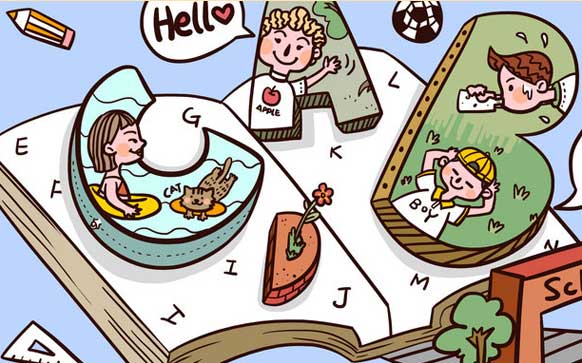1.道歉的时机和场合
1.1 正式场合
- 学术写作:当涉及到学术不端行为时,如抄袭、剽窃等,需要使用更正式和严谨的语言来表达歉意,如 "I am deeply sorry for any infringement on copyright or academic integrity."
- 商务书信:在商务通信中,应保持礼貌和专业,例如:"We regret to inform you that we are unable to proceed with your order as per your request due to unforeseen circumstances."
1.2 非官方场合
- 日常对话:在日常交流中,可以使用更为轻松的语言,比如:"I'm really sorry about what happened, but I hope we can still be friends."
- 社交媒体:在公开的社交媒体平台上,应该避免过于私人化的言辞,可以选择更加中性或客观的方式来表达歉意,比如:"I apologize for my recent behavior and would like to offer my sincerest apologies for any inconvenience caused."
2.道歉的语言表达
2.1 简洁直接
- 使用"Sorry":这是最简单也最常用的方式,适用于大多数情况。例如:"I'm sorry for the inconvenience I've caused."
- 强调情感:通过添加形容词或副词来表达歉意,例如:"I truly apologize for my actions which have caused you distress."
2.2 具体细节
- 提供原因:如果可以的话,提供导致错误发生的具体信息或情况,以显示诚意,例如:"Due to a misunderstanding regarding the payment terms, I regretfully failed to meet our agreed upon deadline."
- 承认责任:明确指出是自己的过失导致了问题的发生,例如:"I take full responsibility for the mistake I made, and assure you I am working diligently to correct it."
3.道歉的后续行动
3.1 补救措施
- 修正错误:如果可能,采取实际行动来纠正造成的问题,这显示了你对此事的重视。例如:"To make up for the lost time, I will redo the task from scratch."
- 提供补偿:根据情况提供适当的补偿,比如退款、折扣或其他形式的补偿。例如:"I would like to extend an offer of a discount on your next purchase as a gesture of goodwill."
3.2 改善关系
- 重建信任:努力恢复与对方的信任关系,通过展示你的诚意和改进的行动。例如:"I promise never to let this happen again, and I am confident that we can move forward with our relationship."
- 持续沟通:确保道歉不是一次性的事件,而是要通过持续的沟通来维持关系。例如:"Please allow me to apologize again when you have had enough time to consider our situation. I am committed to making things right and maintaining a good working relationship with you."
结论
正确的“对不起”表达不仅反映了个人的文化素养和沟通能力,也是建立和维护良好人际关系的关键。通过选择合适的语言、考虑语境和后续的行动,我们可以有效地传达我们的真诚歉意,并努力修复因误解或失误造成的伤害。一个诚恳的道歉可以成为解决问题的起点,开启新的合作或友谊的机会。
未经允许不得转载:» 英语的对不起怎么写(英语中的“对不起”怎么写)

 家长点评网
家长点评网











